Recipe for Upma has originated in the southern part of India, but since then in many parts of India, the Recipe of Upma has been modified according to the local tastes. In some states like – Maharashtra, Recipe of Upma has become very popular among chefs and homemakers alike, where Upma is served as breakfast. Upma Recipe is very easy to prepare, but at the same time, it is also very tasty to eat and gives a good feeling of satiety.
Recipe of Upma has become so popular nowadays that, people all over India have adapted Upma as one of their preferred breakfast options. Here we would be describing Rava Upma Recipe, which is more commonly known as Suji Upma Recipe in Northern India & is perhaps the most common method of preparation of Recipe of Upma. Here it would be important to mention that Suji means Semolina (also called Rava in Southern India), which is very easy to digest because of the presence of less fiber & hence is also advised for people with gastric problems.
Rava Upma Recipe or Suji Upma Recipe can be prepared with only plain Semolina, or vegetables like Carrots, Green Peas, Cauliflower, Potatoes, etc can also be added. Here it would be prudent to mention that Upma can be of many different varieties & as we have earlier said - Rava Upma Recipe, which is also known as Suji Upma Recipe, is the most common method of preparation used. However, Upma can also be prepared by using oats, noodles, bread, Dalia, or flattened rice.
Here we would be describing an easy Recipe of Upma for all those who want to know how to make Upma at home. As Suji Upma Recipe is the most common recipe of Upma prepared in Indian homes, so we would be describing - how to make Upma from Suji, using the simplest of ingredients and in very little time.
1) Suji (Semolina/ Rava) – 1 cup
2) Onion – 1 of medium size (cut into small pieces)
3) Split Brown Chickpeas (Chana dal) – 1 teaspoon
4) Split & DE husked Black Gram Lentils (Urad dal) – 1 teaspoon
5) Cumin seeds – 1/4th teaspoon
6) Mustard seeds – ½ teaspoon
7) Fenugreek seeds (Methi seeds) – A small pinch
8) Dry Red Chilli (Whole) – 1 in number
9) White Oil – 2 tablespoons
10) Ghee (Solid) – 1 teaspoon
11) Ginger – ½ inch long (very finely chopped or grated roughly)
12) Green Chilli – 1 (cut into small pieces)
13) Asafoetida (Hing) – 1/8th teaspoon
14) Sugar – 1 teaspoon
15) Salt – ½ teaspoon or as per taste
16) Water for cooking – 3 cups
17) Curry leaves – 6 to 7 in number, cut into small pieces
18) Roasted peanuts – 30 grams (approximately)
19) Coriander leaves (Optional) – 2 tablespoons (finely chopped)
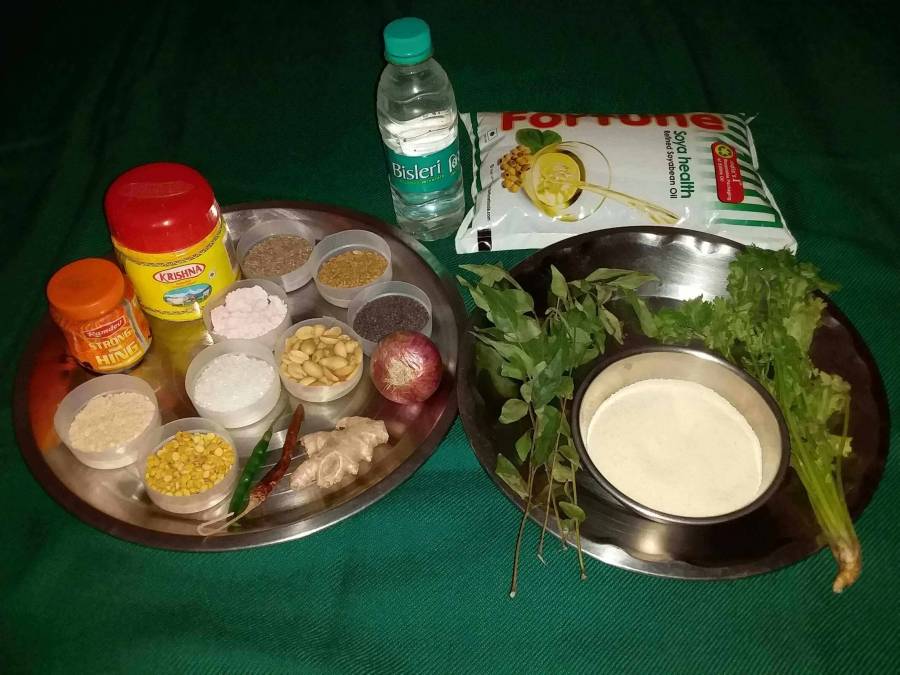
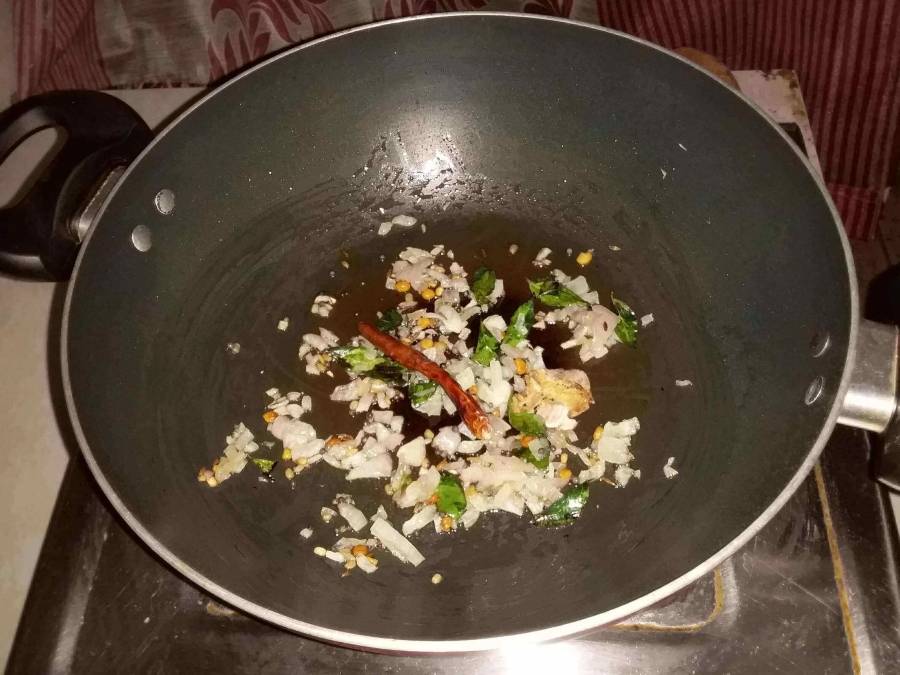
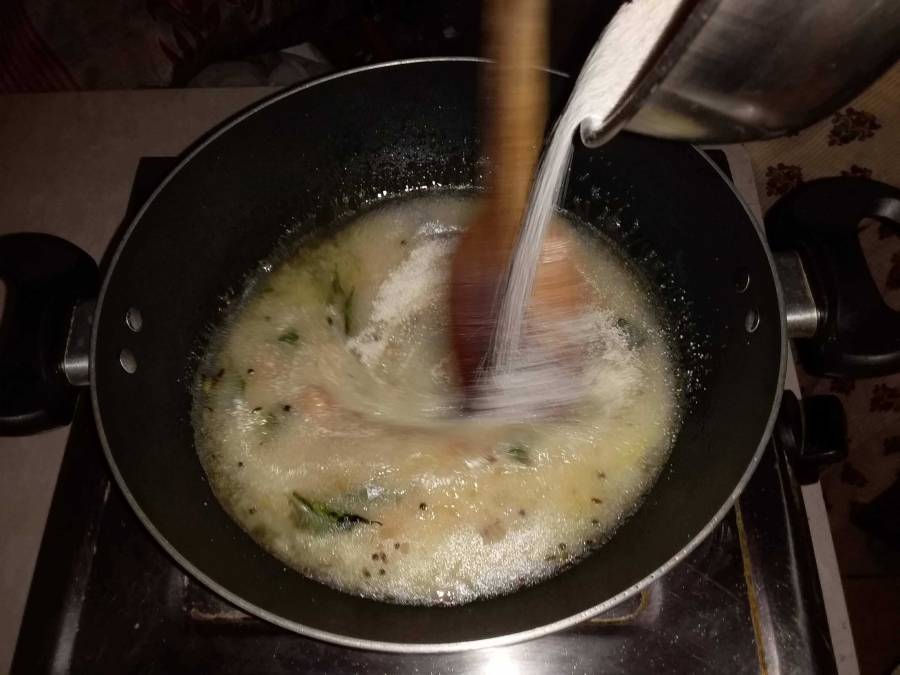
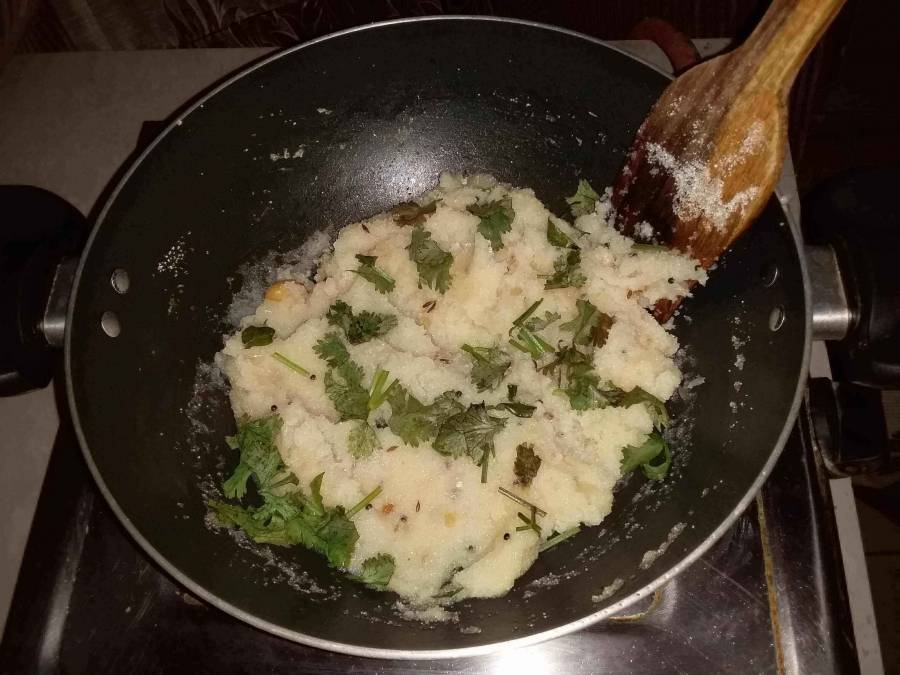
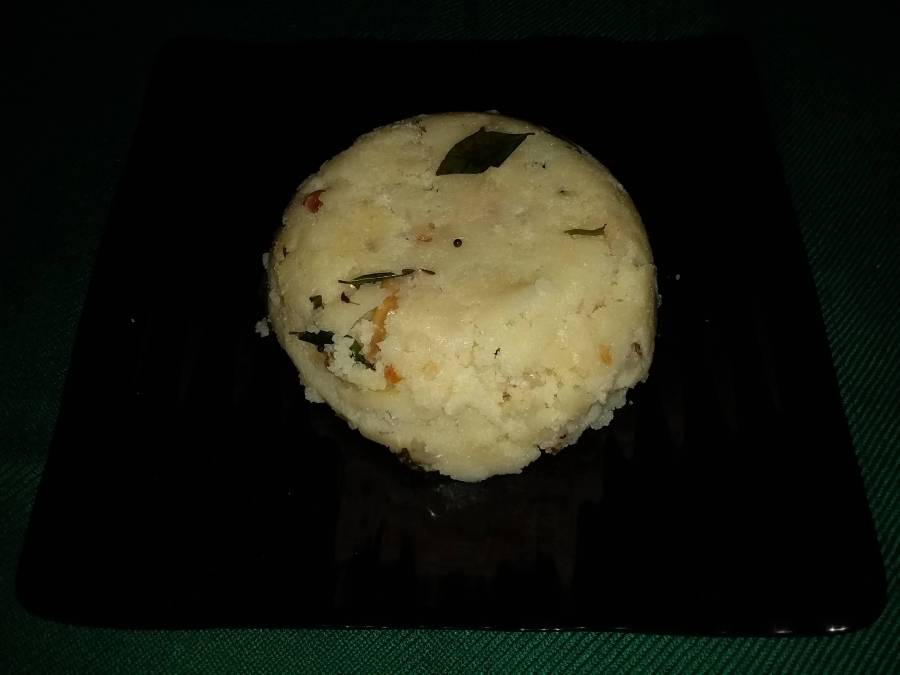
Here you can check the Easy Step by Step Recipe of Sambar for Idli